
- Permbajtja
- prev
- next
- prev
- next
EARLY LIFE
Kristo Sotiri's activity crossed the borders of the country. The historical background gave priority to the pioneer of Albanian architecture. A figure like Sotiri deserves to be highlighted, recognized and appreciated properly and we decided to share a little of his childhood and youth’s history and his work as an architect.
Kristo Sotiri was born on March 27, 1870, in the city of Pogradec, in a family of 6 people. His father was a merchant, while his mother was a housewife. Under these circumstances, the family was in economic difficulties, which led the head of the family to emigrate to Romania, to a small town called Tuçla. After a lot of work and effort, Kristo's father, Vangjeli manages to set up a factory that deals with the sales and processing of wood. After 5 years of work, Vangjeli manages to bring his family to Romania. There, the young Kristo completes his primary education, and then his secondary education in the city of Galact. At the age of 23, Kristo decided to pursue university. But this time he decides to go to Italy, a land selected by the painters and architects of the time. Here he chosed the University of Padua, enrolled in the Faculty of Civil Engineering, completed it in 1898 as a civil engineer. An interesting fact is that while he studied in Padua, Sotiri often traveled to Venice and was very attracted to its artistic and monumental values. For this reason he decided that after graduating as an engineer to study at the Royal Academy of Fine Arts. After six years of studies, engineer Sotiri graduated as an architect.
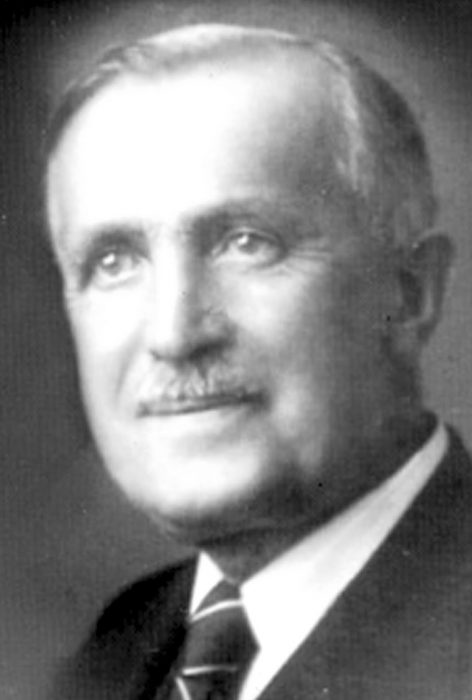
Arch.Kristo Sotiri
A very interesting event of his life is the acquaintance during the time he attended the academy with Countess Bianca Maria Querini, with whom he later married. This marriage helped the architect to enter high social circles.Later Sotir moved from Italy to Romania, around 1909, where he worked in the court of Queen Elizabeth. And then in Constanta, with the function of director of a design studio.Around the 1920s, after the call was made to all prominent emigrant figures to be put in the service of building the independent state of Albania, Kristo Sotiri returned with his family to Albania where he worked as an architect of the royal court. His professional activity extends to several cities where we would single out Durres, Shkodra, Korca, Tirana, etc.In 1932 Sotir’s wife dies after 29 years of marriage. Two years after this event, he decides to remarry Juliana Kaçinari, with whom he had two sons.With the fascist occupation of the country, in 1939, architect Sotiri was fired from his previous position and was forced to practice his profession privately.After the liberation of the country, in 1945, he was appointed engineer in the “Rruga-Ura” Company and further in the Construction Company, Durres. In 1947 he was reappointed architect in the City Office of World Affairs. Finally in his career, in 1951, Sotiri moved to the General Directorate of Ports, where he continued until the end of his life. On February 28, 1953, the architect passed away.
PROJECTS
"50 years of design work, from the restoration of a church in Italy, to a monument in Romania and later to the construction of a mausoleum in Albania."
With the above sentence we understand how extensive in space and time has been the activity of architect Sotiri. From the documented data it is written that during the years 1905-1906 Sotiri was part of the restoration group of the Church of Santa Maria della Salute in the city of Venice. Also in some documents inherited in the family, it is about a magazine called "Architettura Italiana", where some of Sotir’s projects are listed.
The list contains:
Repairs to the dome of the church of Santa Maria della Salute and the chapel of San Giuseppa in Venice.
Designed the construction of the Great Bathroom Facility in Lidon, Venice.
He designed the Ossarium buildings in Lidon, Venice.
He designed the buildings of several villas in Lidon, Venice.
He designed the Borsa Palace in Genoa.
He designed the Grand Palace della Cupole, in Genoa.
He designed the Grand Palace of Cornice, in Genoa.
He designed a cinema-theater in Genoa-Pegli.
The project of Ossarium, in Constanta (Romania).
Designed "Casino" bathroom facility in Constanta (Romania).
Designed Ottoman Mosque, in Constanta.
The Ottoman bank, in Cairo.
Also documented are two concrete buildings: the "Avantul Tarii" Monument and a block of four apartments, on a main street of Constance.
Upon his return to the homeland, the following works are attributed to architect Sotir:
In Tirana: The building of Mr. Abdi Toptani (project), the building of the former National Library, the Palace of the Princesses (project), the Municipality of the capital (project), the Train Station (project), personal villa (project).
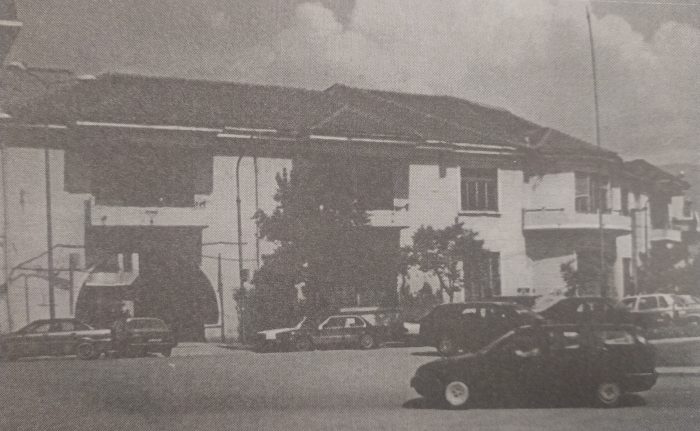
Former National Library, Tirana
In Korça: The project of the Vlach Church and the plan for the construction of the Mitropolia Church.
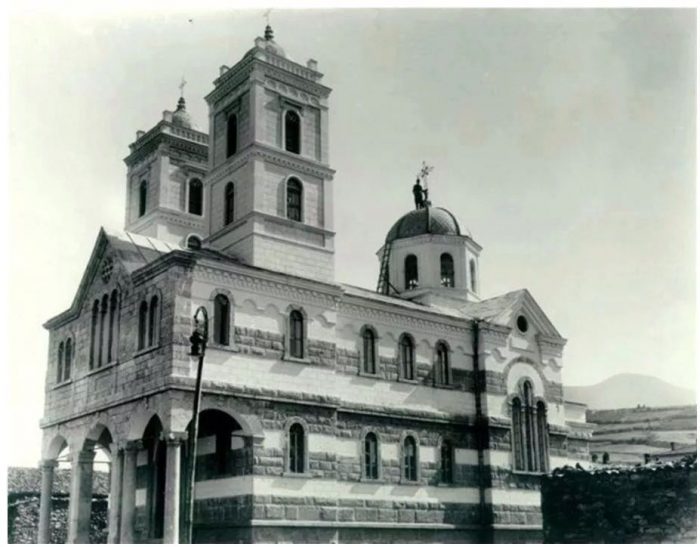
Kisha e Vllehëve, Korçë
In Durrës: King Zog villa, City Hall, beach villas, Villa Lule, dwellings of the families Kalamishi, Kosova, Goga, Krosi, Koja, Breshka and Jorgji. Last but not least, the Martyrs' Mausoleum.
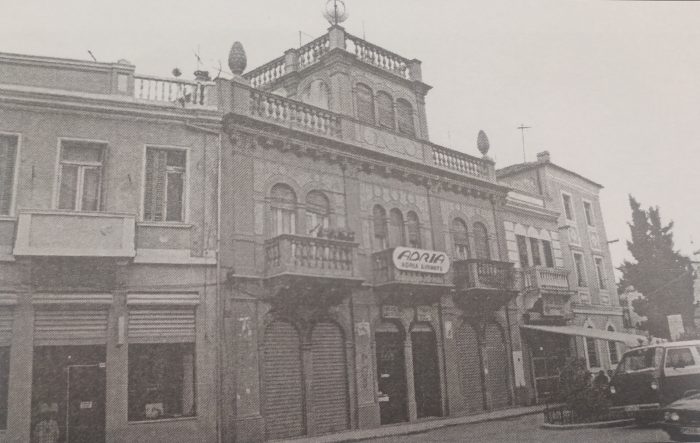
House of Mantho Jorgjit, Durrës
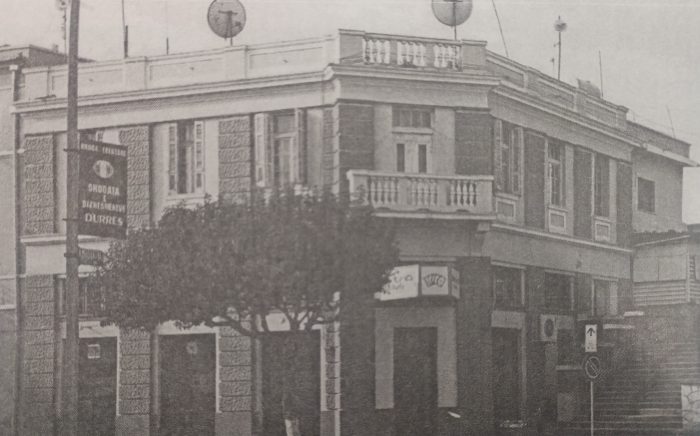
House of Jovan Goga, Durrës
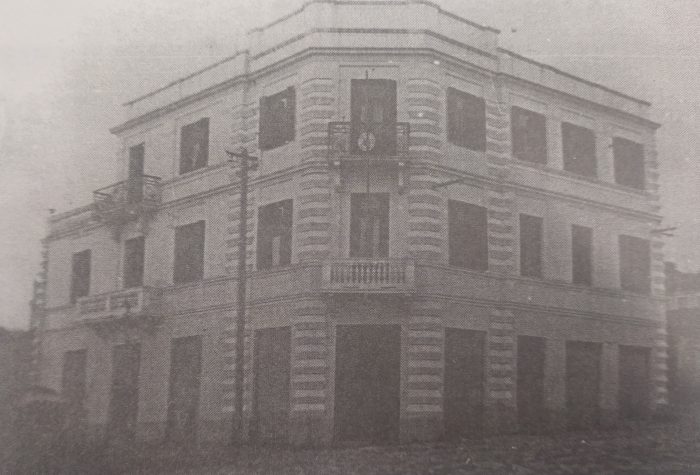
House of brothers Kosova, Durrës
In Shkodra: Villa of Shiroka.
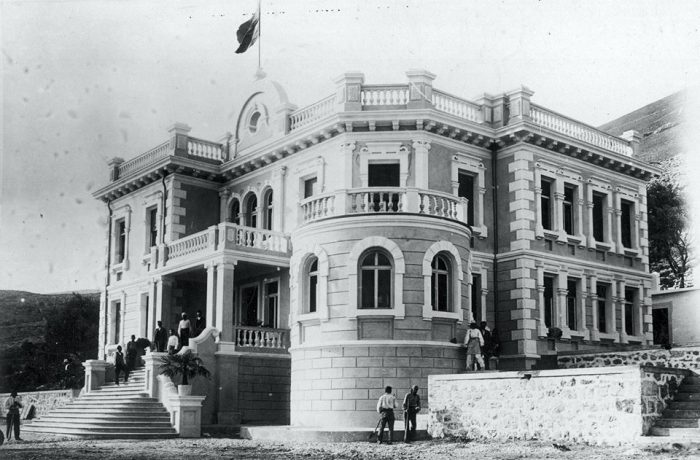
Royal Villa, Shiroka
In Elbasan: Intervention for the regulation of the buildings of the Prefecture and the Normal School.
In Gjirokastra: General prison building inside the Castle (project).
In addition to the works mentioned above, architect Sotiri has designed many projects which for various reasons have not been implemented.
Referred in the book "Architect Kristo Sotiri" by Koço Miho